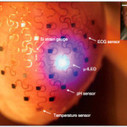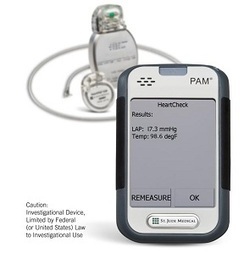Millions of hearts fail each year. Why can’t we replace them?
The Bivacor heart contains a single titanium chamber with a rotor that spins at its center, sending blood out to the body
Bivacor is in a transitional stage. It has never sold a product and is still run entirely on venture capital, angel investment, and government grants. Its hearts have been implanted in sheep and calves, which have survived for months, occasionally jogging on treadmills; it’s preparing to submit an application to the Food and Drug Administration for permission to perform human implantations.
To cross the animal-human threshold is to enter a harsh regulatory environment. In the early days of artificial-heart research, a team could implant a device in a dying person on an emergency basis—as a last-ditch effort to save his life—and see how it functioned.
Ethicists were uneasy, but progress was swift. Today, such experimentation is prohibited: a heart’s design must be locked in place and approved before a clinical trial can begin; the trial may take years, and, if it reveals that the heart isn’t good enough, the process must start again.
Bivacor is currently deciding which features will be included in the clinical trial of its heart. A wrong decision would likely sink the company; almost certainly, there wouldn’t be a second attempt on the summit.
read this fabulous article at https://www.newyorker.com/magazine/2021/03/08/how-to-build-an-artificial-heart?utm_source=pocket-newtab-intl-en



 Your new post is loading...
Your new post is loading...












